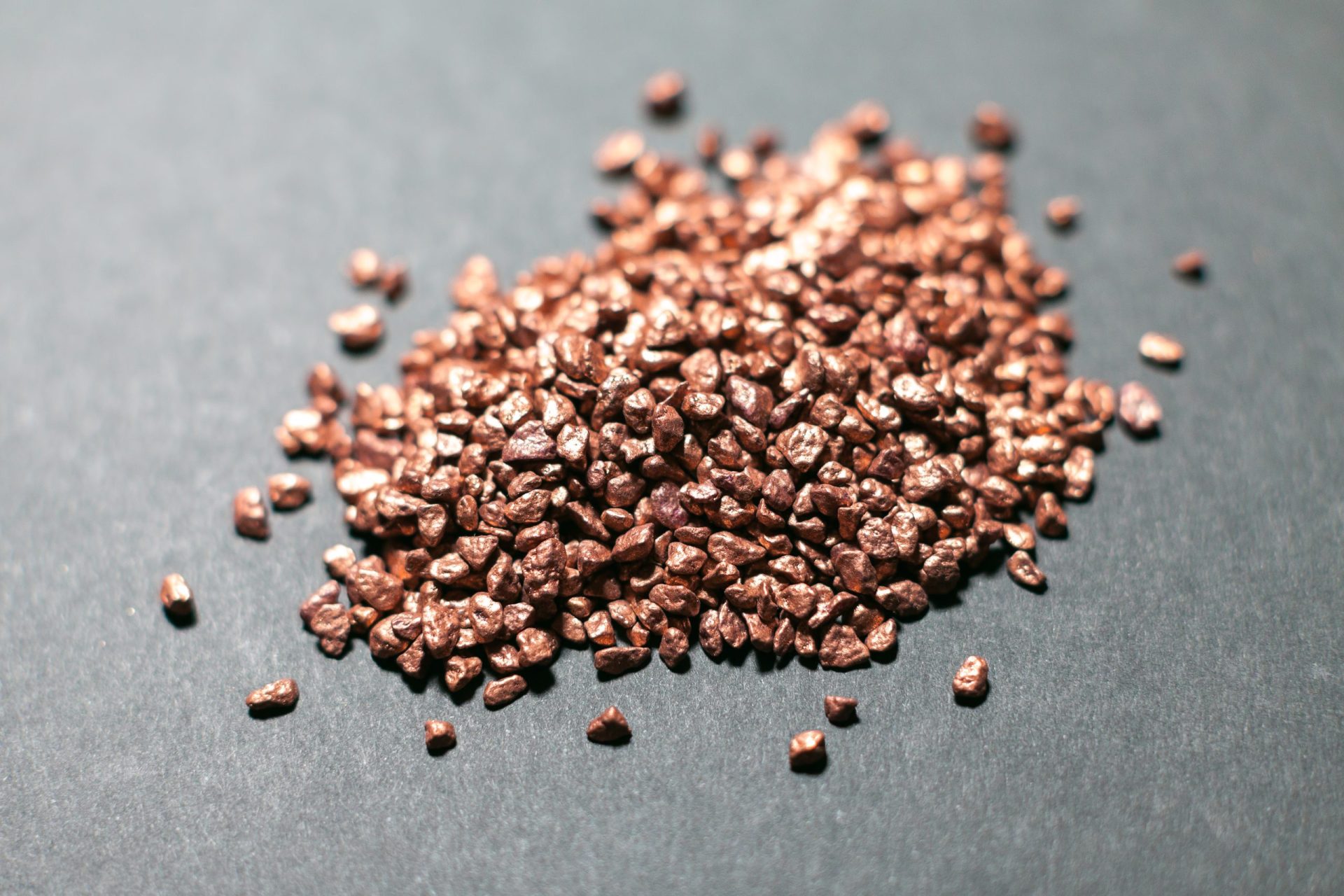Metalwork: Everything you need to know - Talleres Valeriano Monton
What is metalwork?
Manufacturing process of metallic elements
Metalwork is a discipline that uses different manufacturing processes to create metal structures and objects..
One of the most common processes is welding, which involves joining two or more pieces of metal by using heat and a welding rod that melts to create a permanent bond..
Another common technique is cutting, which an be done with tools such as a saw, plasma, or laser, and allows for clean, precise cutting of metal parts..
Also used is the bender, which bends metal through a specific angle, and the press, which is used to shape metal by applying pressure.
In metalwork, professionals can combine different manufacturing processes to create unique and personalized objects and structures for their clients.
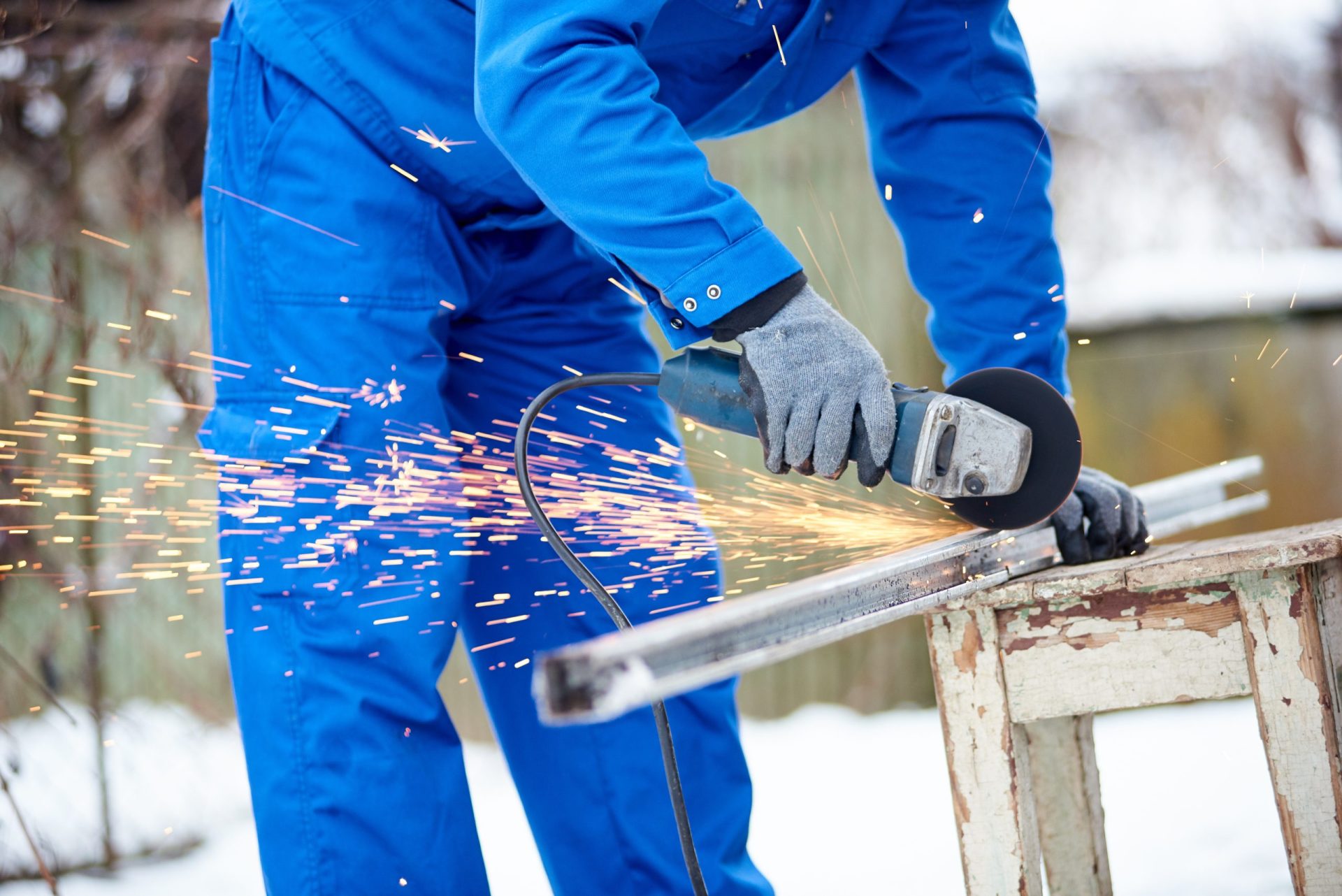
Types of structures that use metal locks
Among the different types of structures that can be manufactured with metal elements are windows, doors, bars, railings, stairs, metal structures for buildings, roofs, among others.
The Metal windows and doors offer great strength and durability, as well as being highly customizable. The bars and railings are security elements that can protect properties and give a decorative touch. The metal structures for buildings, roofs and stairs are highly resistant and durable, offering great security and fire protection.

Do you want to install some kind of metal locksmithing in your building?
Materials used in metalwork
Steel
Steel is one of the most used materials in metalwork, due to its excellent mechanical properties and resistance. Steel is an alloy of iron and carbon that is characterized by being very resistant, durable and versatile. In metalwork, different types of steel can be used, such as mild steel, stainless steel or corten steel, each with specific properties and suitable for different uses.
Thanks to its high strength and durability, steel is an excellent option for structures that need to support heavy loads or that are exposed to extreme weather conditions. In addition, steel is highly customizable, which allows metalwork professionals to adapt their designs to the needs and tastes of the customer.
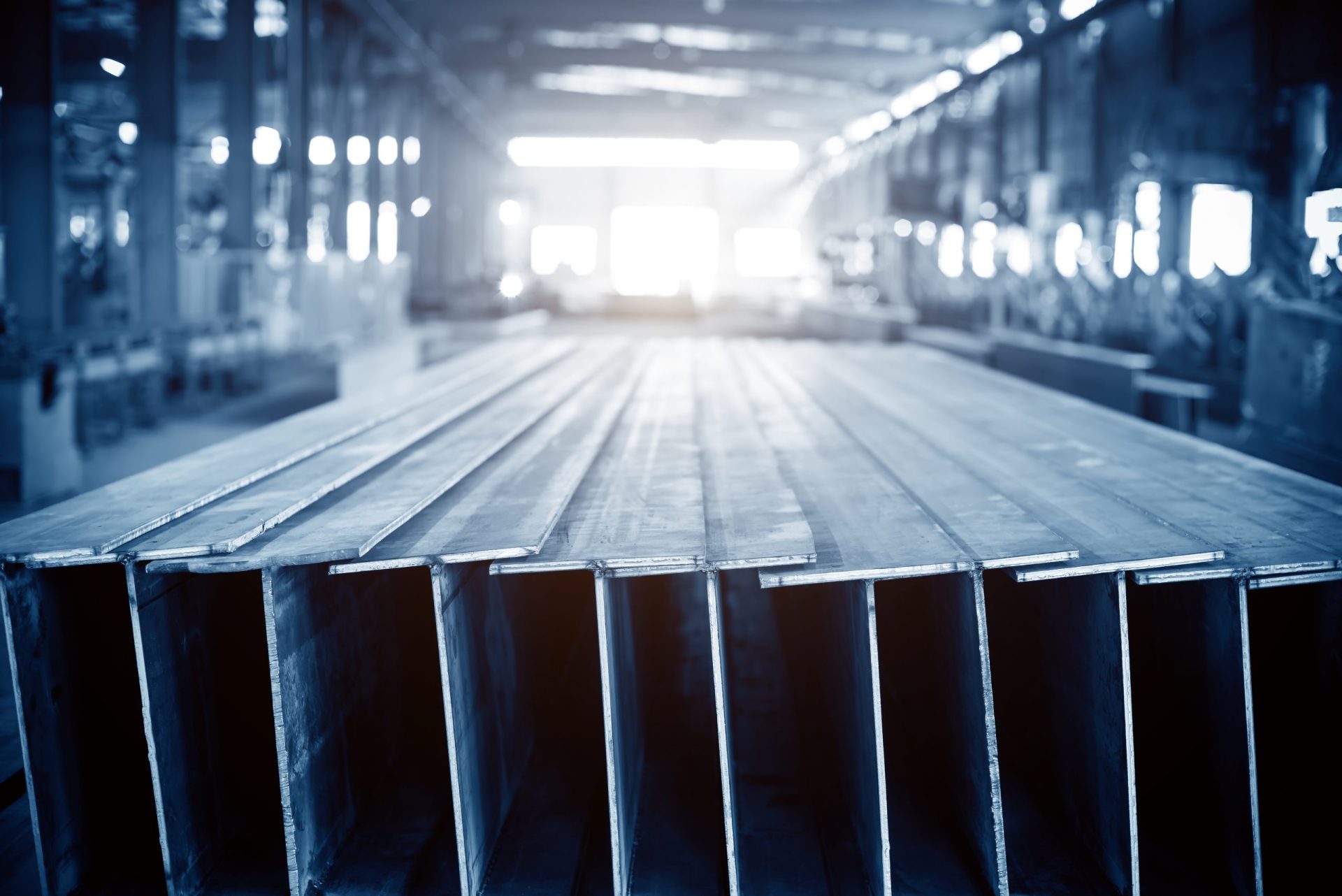
Aluminum
Aluminum is another of the most used materials, due to its great resistance and lightness. Aluminum is a non-ferrous material that is characterized by its high resistance to corrosion and for being very light. In addition, aluminium is very strong and durable, making it ideal for elements that are exposed to extreme weather conditions. Aluminum is also a highly sustainable material, as it is 100% recyclable and has a low environmental impact during its production.
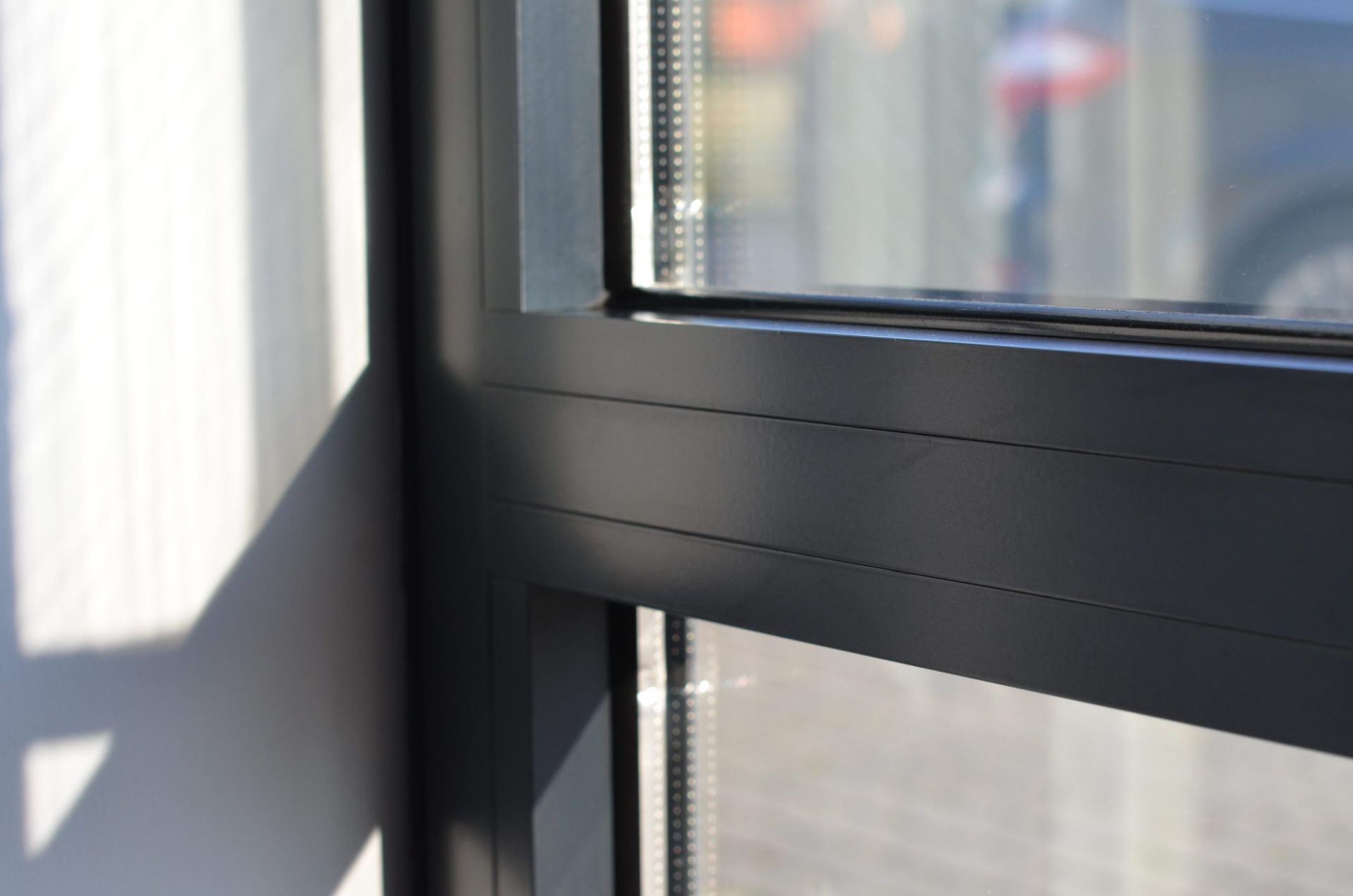
Iron
The Iron is one of the oldest and most traditional materials used in metalwork. Iron is a ferrous material that is characterized by its great resistance and durability.
Iron is a highly resistant material to corrosion and fire, making it ideal for structures that require high resistance and durability. In addition, iron is highly customizable, allowing metal locksmith professionals to adapt their designs to the needs and tastes of the customer. Although iron can be heavier than other materials used in metal locksmithing, its strength and durability make it an excellent choice for structures that must support heavy loads or are exposed to extreme weather conditions.

Copper
The copper is a non-ferrous material which is also used in metalwork. Copper is a material very malleable material, making it , which makes it ideal for creating details and finishes. In metalwork, copper is mainly used in the manufacture of decorative elements such as cornices, finials and ornaments. Copper is also known for its great resistance to corrosion and its ability to form a patina, which makes it for structures that require an aged and elegant finish. Additionally, copper is a highly conductive material, making it ideal for structures that require good electrical or thermal conduction. Although copper can be more expensive than other materials used in metal locksmithing, its beauty and strength make it an excellent choice for structures that require decorative details or a special finish.
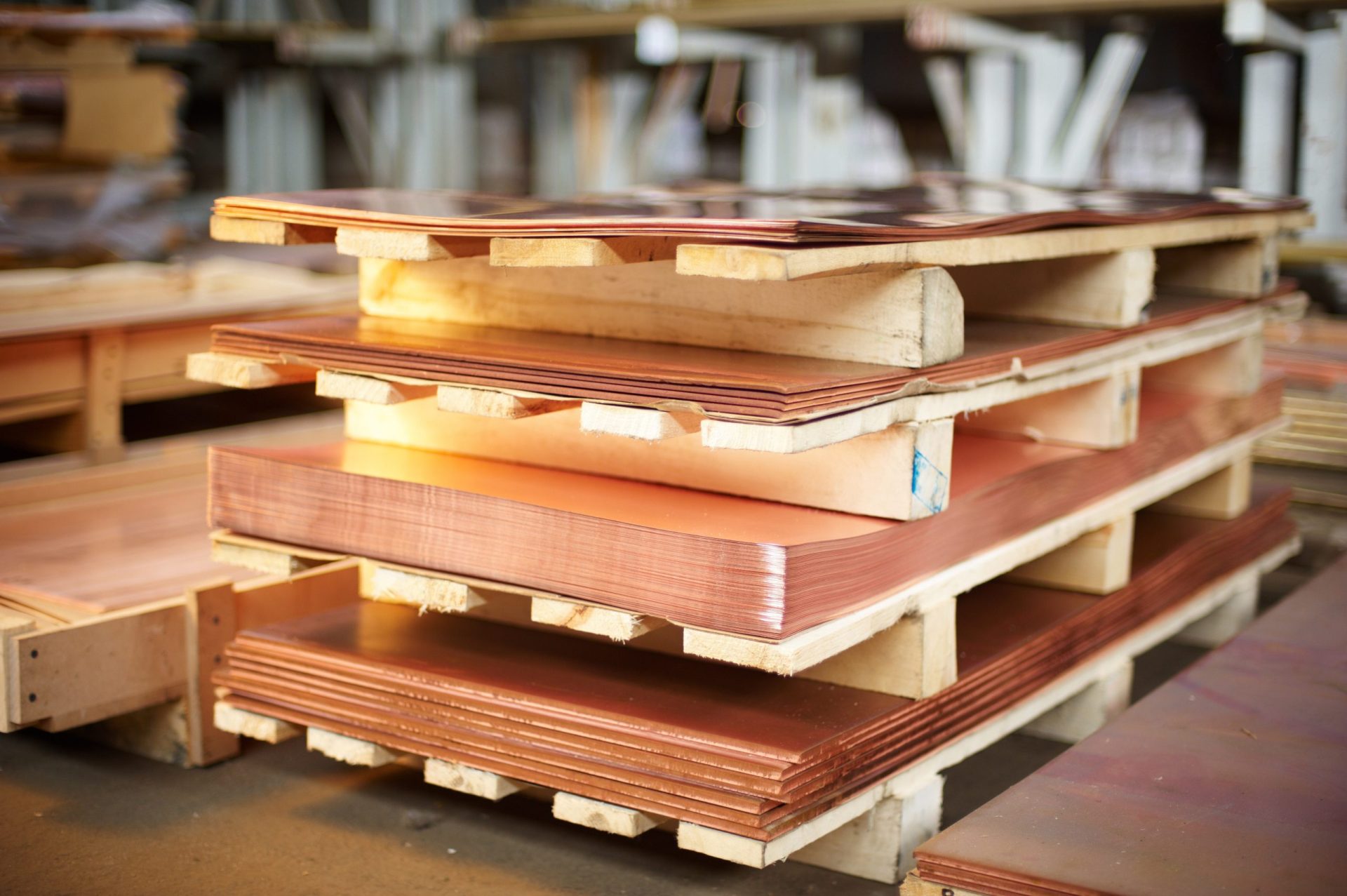
Brass
The brass is another non-ferrous material which is also used in metalwork. Copper is a material alloy of copper and zinc that is characterized by its golden color and its characteristic shine.
Brass is a very malleable and easy-to-work material, which makes it ideal for creating details and finishes on metal elements. Additionally, brass is highly resistant to corrosion, making it an excellent choice for elements that are exposed to extreme weather conditions or corrosive environments. Brass is also a very aesthetic and elegant material, making it ideal for structures that require a special finish or decorative details. Although brass can be more expensive than other materials used, its beauty and strength make it an excellent choice for elements that require a unique, high-quality finish.
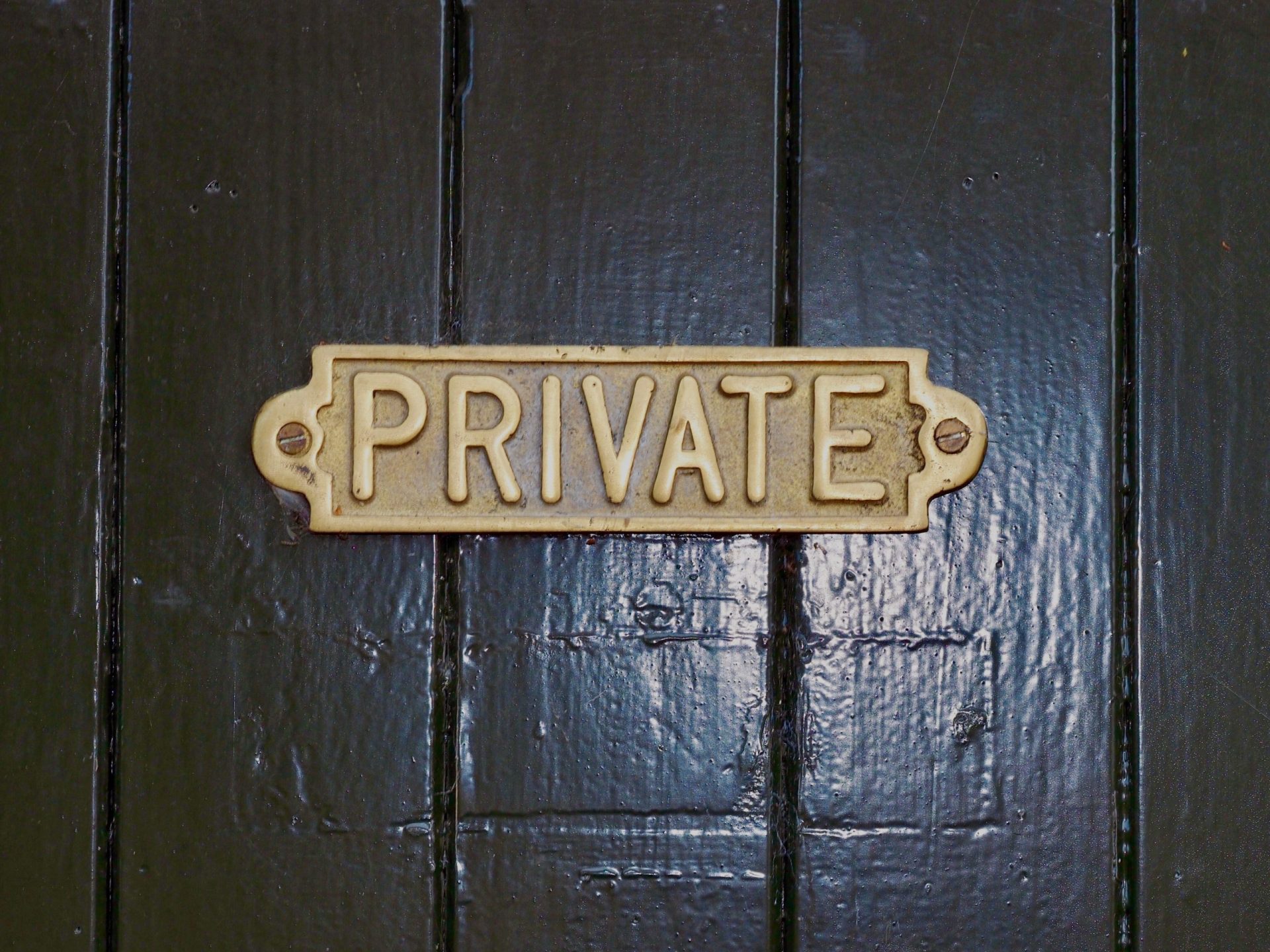
Bronze
The is another non-ferrous material which is also used in metalwork. Bronze is a material an alloy of copper and tin, and is characterized by its strength and durability. Bronze is mainly used for the manufacture of decorative elements such as doors, windows, bars and railings. Bronze is also known for its great resistance to corrosion and its ability to resist deformation under heavy loads, making it ideal ideal for elements that require high resistance and durability. Additionally, bronze has good electrical and thermal conductivity, making it ideal for elements that require good electrical or thermal conduction. Although bronze can be more expensive than other materials used, its beauty and strength make it an excellent choice for structures that require decorative details or a special finish.
